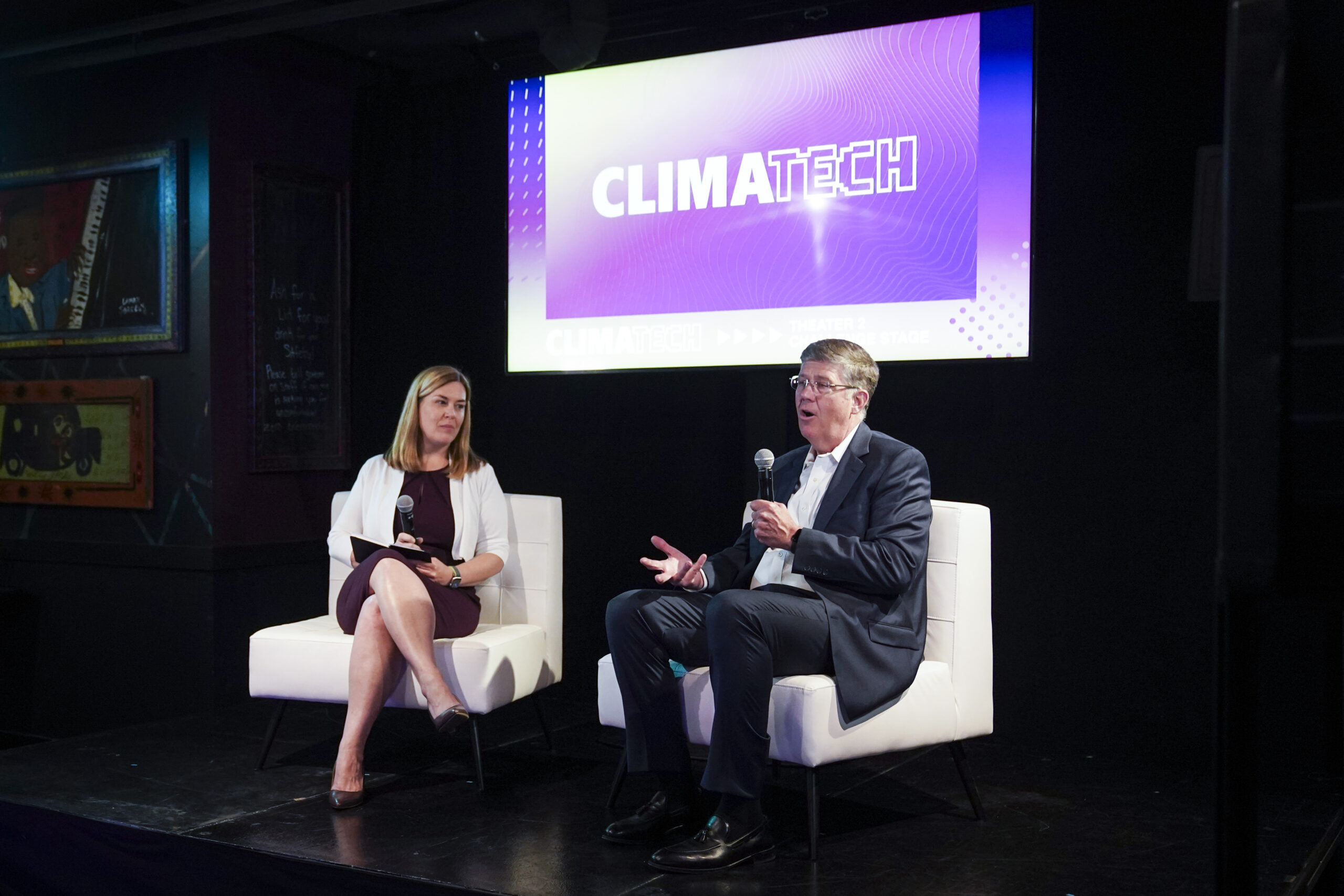Driving AI Innovation to Meet Customer Needs in the Clean Energy Transition
The transition to clean energy is a pivotal moment in history, and the conversation surrounding it is rich with innovative ideas and strategies. During the recent conference titled “Powering AI and Meeting Customer Needs for the Clean Energy Transition,” industry leaders Michelle Gardner, Executive Director of Regulatory Affairs for Northeast NextEra Energy Resources, and John O’Brien, COO of JERA Americas, shared their insights on navigating this transformation.
Renewable Energy Innovation: NextEra Energy Resources
Michelle Gardner opened the discussion by highlighting NextEra Energy Resources’ leadership in renewable energy development. As the largest developer of renewable energy resources in the United States, the company has been pivotal in transitioning the nation’s energy grid to more sustainable options. Gardner emphasized the importance of maximizing existing infrastructure to accelerate the shift to cleaner energy.
“Building transmission is complicated,” Gardner noted. “The more we can do to maximize what we already have, the faster we can achieve our goals.” She pointed out the significant challenges associated with introducing new infrastructure and highlighted grid modernization’s importance in supporting renewable energy integration.
The Role of JERA Americas in Decarbonization
John O’Brien provided an overview of JERA’s operations and its commitment to decarbonization. He traced the company’s origins back to Japan’s Fukushima disaster and explained its initial focus on separating nuclear generation from other energy sources. Today, JERA is a global leader in LNG consumption and is deeply involved in renewable energy projects worldwide, from Vietnam to the United States.
O’Brien discussed JERA’s unique approach to decarbonization, emphasizing the importance of balancing technological innovation with economic feasibility. “From a scale perspective, our customers need impactful and cost-effective solutions,” he said. “We are exploring hydrogen, renewable fuels, and other technologies that can demonstrate what is possible in the fight against climate change.”
One notable project O’Brien mentioned is the Canal facility in Massachusetts, which has been repurposed to integrate offshore wind while retaining its dual-fuel capabilities. “We view Canal as a demonstration site,” O’Brien stated. “It’s a location where new technologies can be tested and scaled to address the challenges of decarbonization.”
Hydrogen’s Growing Role
Both Gardner and O’Brien highlighted hydrogen’s potential in the clean energy transition. Gardner noted that hydrogen, particularly green hydrogen, could create new markets, such as sustainable aviation fuels. However, she acknowledged setbacks related to tax credit eligibility and regulatory frameworks, which could impact the speed of adoption.
O’Brien elaborated on JERA’s initiatives with hydrogen, including a partnership with ConocoPhillips to develop large-scale projects along the Gulf Coast. He stressed the importance of regulatory support in broadening the applicability of tax credits for hydrogen technologies. “As this conference demonstrates, we need every possible solution on the table,” he emphasized.
The Intersection of AI and Clean Energy
The conversation also touched on the intersection of artificial intelligence (AI) and clean energy. Gardner noted the unprecedented growth in demand driven by AI and data centers, which parallels the need for renewable energy infrastructure. “The challenges posed by AI demand growth are similar to those posed by hydrogen production,” she said. “We need renewable energy sources that can scale to meet these needs efficiently.”
O’Brien added that AI could be critical in optimizing energy grids and addressing intermittent issues. He mentioned JERA’s investments in advanced battery technologies and hydrogen carriers as examples of how innovation is being harnessed to meet future demands.
Policy and Collaboration
Both speakers underscored the importance of collaboration with policymakers to encourage the growth of clean energy technologies. Gardner highlighted the complexities of navigating regulatory environments with conflicting policies, while O’Brien praised initiatives like Massachusetts’ billion-dollar investment in clean energy innovation. “The best thing policymakers can do is help us figure out cost-effective and scalable technologies,” O’Brien remarked.
Gardner concluded by emphasizing the need for clear communication and alignment across stakeholders. “The industry is multifaceted, and we must ensure that we’re all speaking the same language to move forward effectively,” she said.
Looking Ahead
The conference highlighted the collaborative efforts needed to tackle the clean energy transition. With companies like NextEra Energy Resources and JERA Americas leading the charge and with advancements in hydrogen and AI technologies, the path forward holds promise for achieving decarbonization goals. However, as both speakers noted, the journey will require a collective effort from industry, government, and communities to overcome the challenges ahead.
View full session from ClimaTech 2024 here:








